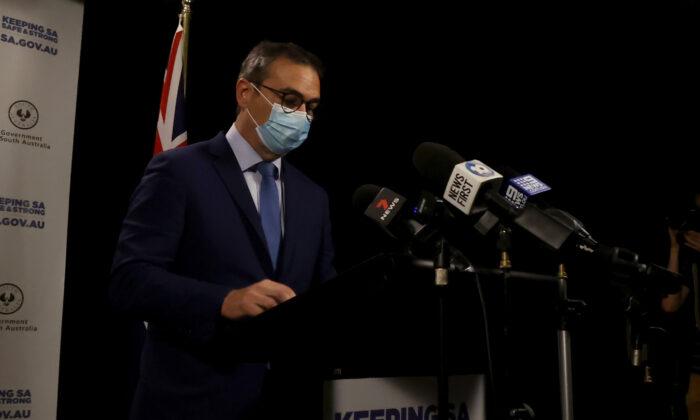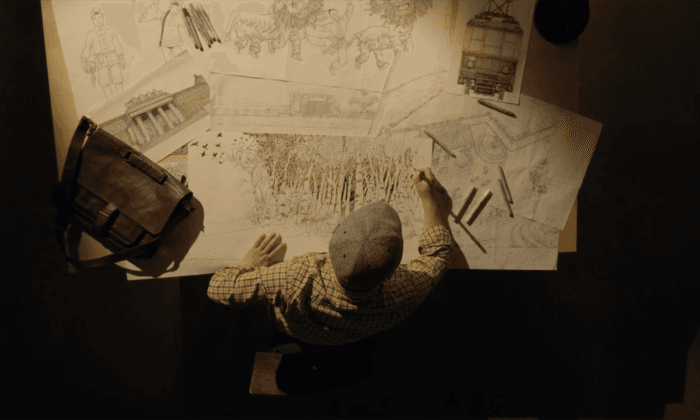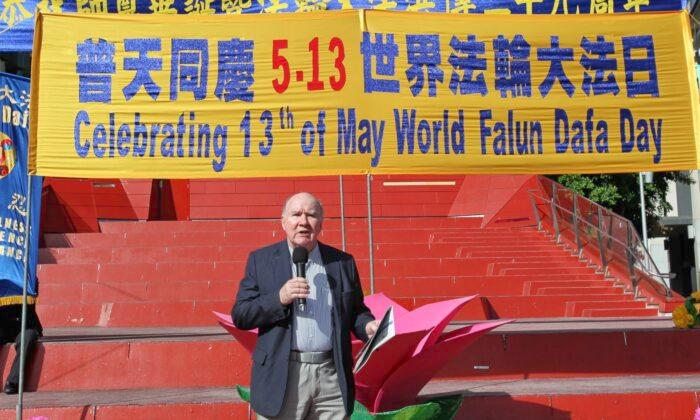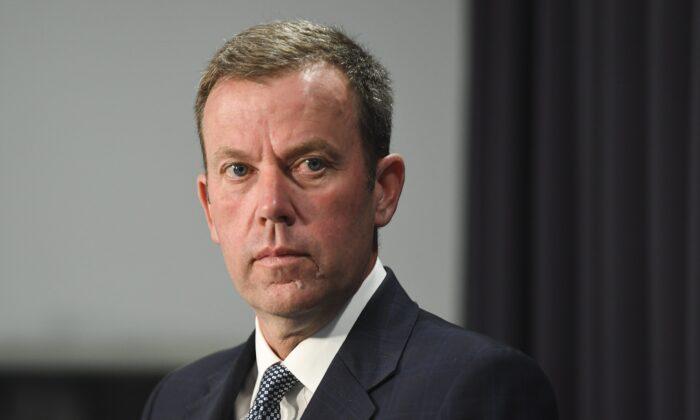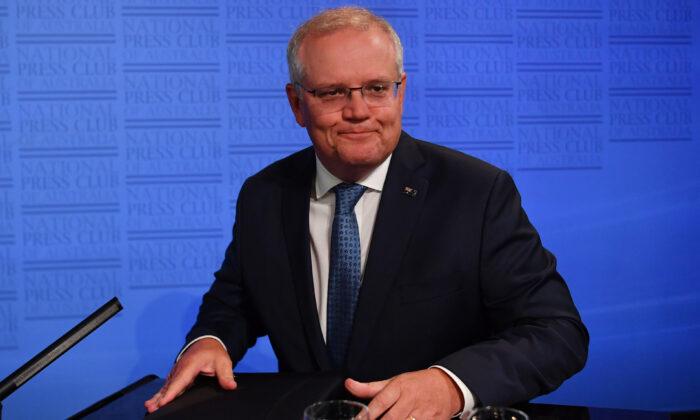As of midnight on Wednesday, citizens across the southern Australian state will be under a strict stay-at-home order for six days. No exceptions for outdoor exercise will be allowed; the only exceptions are for those seeking medical care.
Essential shopping for purchasing groceries or medical supplies will be limited to one person per household once a day. Marshall said the SA government would spare no effort to limit the spread of the virus as quickly as possible.
“We’re going hard, and we’re going early,” he said at a press conference on Wednesday announcing the restrictions.
“Time is of the essence, and we must act swiftly and decisively on the health advice to stay ahead of the game ... we need a circuit breaker to stay ahead of this.
“We need breathing space for a contact tracing blitz, to protect the ... entire community,” he said.
SA’s Chief Health Officer Professor Nicola Spurrier admitted that the six-day lockdown was “really is extreme” but was designed to combat the three day incubation period of this particular strand of COVID-19 disease.
Spurrier said after the initial six-day lockdown another eight days of slightly eased restrictions would exist, “we need 14 days in total, in terms of the incubation period of the virus and the number of generations, so we’ve had to sit down and mathematically work it out. So for a 14 day period, there will be significant restrictions,” she said.
Masks are strongly advised to be worn but are not yet mandatory.
However Spurrier did note she has not ruled out stricter conditions for masks in the future.
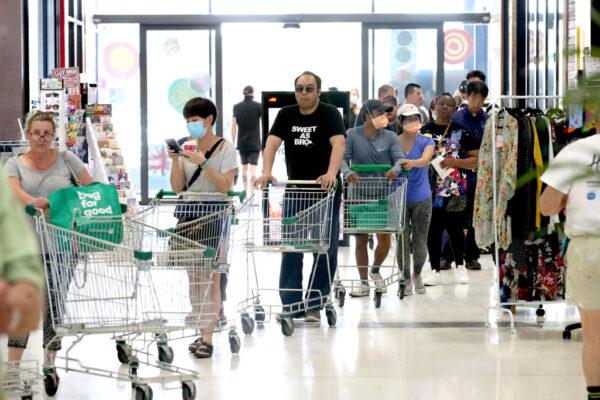
Police Relying on Compliance
SA Police Commissioner Grant Stevens said he would be relying on community compliance to help manage the stay at home orders.Since restrictions were first implemented on Tuesday, there have been incidents of panic buying. Grant expects more of the same and is urging people to be considerate of each other.
“If you’re going to go shopping, think about other people treat each other with respect and a bit of kindness,” he said. “Everybody’s in the same boat. Think about those people who are working in our supermarkets.”
Police will also be patrolling supermarkets and responding to conflicts created from panic buying with national supermarket retailer Coles announcing they will be placing limits on selected items such as toilet paper.
Victoria and New South Wales Response
New South Wales (NSW) and Victoria have advised residents not to travel to SA, and those returning have been told to get tested as soon as possible. At the same time, truck drivers travelling from SA must take a COVID-19 rapid test to enter Victoria.Premier Daniel Andrews has urged South Australians not to visit Victora unless they have an urgent reason.
Victoria State Health Minister Martin Foley said he is monitoring the outbreak in SA closely.
“We have no plans to close our borders, but we are monitoring literally on an hourly basis the situation in SA,” Foley told the Nine Network on Wednesday.
SA a population of 1.7 million people, currently has 34 active virus cases.
